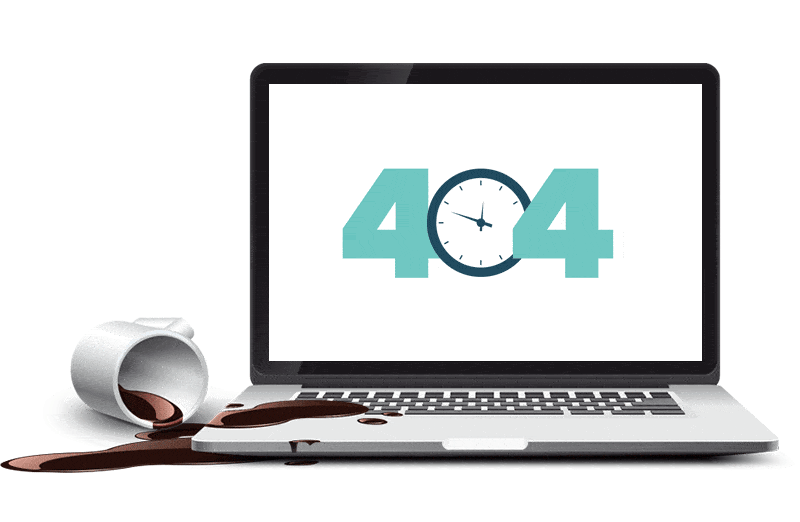Call for Demo : +91-7676767648
+91-7676767648
- Home
-
Trades
 Distribution Software
Distribution Software- Pharma Distribution Software
- FMCG Distribution Software
- Garment Distribution Software
- Footwear Distribution Software
- Ayurvedic Medicine Distribution Software
- E-commerce Seller Distribution Software
- Sanitary and Fitting Distribution Software
- Furniture and Fixture Distributions software
- Foods and Agro Distribution Software
- Auto Parts Distribution Software
- Computer Hardware Distribution Software
- Electrical & Electronics Distribution Software
 Retail Chain
Retail Chain- Pharmacy Retail Chain Software
- Supermarket Retail Chain Software
- Grocery Retail Chain Software
- Departmental Retail Chain Software
- Garment Retail Chain Software
- Footwear Retail Chain Software
- Computer Hardware Retail Chain Software
- Home Appliances Retail Chain Software
- Electronics Retail Chain Software
- Mobile Phone & Accessories Retail Chain Software
- Automobile & Spare Parts Retail Chain Software
- Electrical Retail Chain Software
- Retail Software
-
Distribution Software
- Pharma Distribution Software
- FMCG Distribution Software
- Garment Distribution Software
- Footwear Distribution Software
- Ayurvedic Medicine Distribution Software
- E-commerce Seller Distribution Software
- Sanitary and Fitting Distribution Software
- Furniture and Fixture Distributions software
- Foods and Agro Distribution Software
- Auto Parts Distribution Software
- Computer Hardware Distribution Software
- Electrical & Electronics Distribution Software
-
Retail Chain
- Pharmacy Retail Chain Software
- Supermarket Retail Chain Software
- Grocery Retail Chain Software
- Departmental Retail Chain Software
- Garment Retail Chain Software
- Footwear Retail Chain Software
- Computer Hardware Retail Chain Software
- Home Appliances Retail Chain Software
- Electronics Retail Chain Software
- Mobile Phone & Accessories Retail Chain Software
- Automobile & Spare Parts Retail Chain Software
- Electrical Retail Chain Software
- Pricing
- Training
- Mobile App
- Become a Partner
- Contact Us
- Login
- Sign Up





